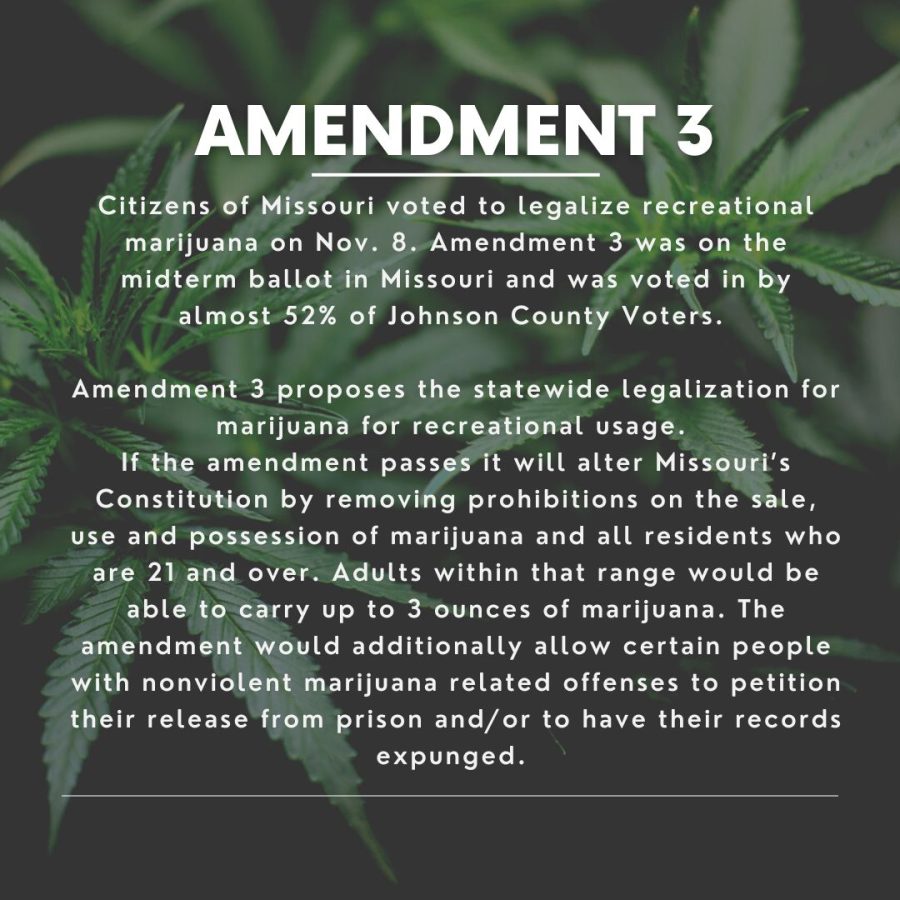BY DAVID A. LIEB
(JEFFERSON CITY, Mo., AP) — Gov. Jay Nixon says he is optimistic. Missouri legislative leaders say they are realistic.
For the first time in a decade, Missouri’s top officials can’t agree on how much money will be available for the state budget.
The disagreement is expected to lead to instant disapproval from Republican lawmakers when the Democratic governor presents his budget as part of his annual State of the State address Jan. 21.
Legislators already are making plans to cut the governor’s optimistic budget plan. That will mark a reversal of recent circumstances, in which Nixon has regularly cut the budgets passed by lawmakers while asserting he’s simply being realistic about the state’s finances.
The current budgetary dispute stems from different assumptions about the growth of Missouri’s economy. But it also is rooted in different interpretations of a Missouri constitutional provision that allows governors to control state spending.
The bottom line is that an optimistic revenue projection gives the governor greater flexibility to curb spending should the money fall short. A more conservative revenue projection reserves a say for the Legislature if tax revenues surge higher.
For more than two decades, Missouri has used a process in which economists and budget analysts from the House, Senate, governor’s administration and University of Missouri-Columbia each attempt to project future state tax revenues based on a variety of economic factors. They then meet and work out a “consensus revenue estimate” — a figure that serves as the basis for the budget.
This year, the Republican-led House and Senate announced a partial consensus. Leaders of the two legislative chambers agreed on a general revenue figure of $8.59 billion for the 2015 fiscal year that starts July 1 — a growth of 4.2 percent over the current year. The governor’s administration wanted a revenue projection of $8.73 billion — a growth of 5.9 percent
Legislators insist their figure is the most accurate.
“It’s trying to provide a realistic estimate as to what we think is going to come in next year,” said Senate President Pro Tem Tom Dempsey, R-St. Charles.
Nixon notes that unemployment has fallen and the stock market has risen to record highs.
“I’m optimistic about our economy,” the governor said. Even with a higher revenue projection, “I’m going to propose a fiscally responsible budget that protects taxpayers and core state services,” Nixon added.
The governor already has outlined more than $70 million of higher education funding increases to be proposed in his budget. He also plans to propose a “significant down payment” on closing a $600 million funding gap for public schools.
Nixon’s optimism for the next budget year comes even though he apparently is more pessimistic than lawmakers about Missouri’s current finances. Nixon continues to block $134 million of expenditures authorized by lawmakers for maintenance at state facilities, improvements at parks and construction of a new office building in Jefferson City.
The Missouri Constitution gives governors the power to control the rate of expenditures and allows them to make cuts when revenues fall below projections. Nixon frequently cites his conservative fiscal management while cutting the budget.
“(Legislators) have in many years that I’ve been governor put more spending authority in the budget than existed dollars in the treasury,” Nixon said.
Nixon has cited the provision about controlling the rate of spending to withhold money from certain projects even when revenues aren’t plummeting. That’s frustrated lawmakers, who claim Nixon is taking his budgetary powers too far.
“We’re going to have to get some control over Governor Nixon’s unconstitutional budget-withholding abuse,” said House Speaker Tim Jones, R-Eureka.
By using a more conservative revenue projection for the 2015 budget, lawmakers could limit Nixon’s ability to cite revenue uncertainty as a reason for cutting spending on legislatively approved projects that he doesn’t like.
Governors can only cut, not add to, the budgets passed by lawmakers. So if the Legislature’s revenue projections turn out to be too low, the additional money would remain in Missouri’s bank account and carry over for lawmakers to include in the following budget.
If the Legislature’s budget results in a surplus, that could strengthen Republican arguments for an income tax cut against Nixon’s claims that it would jeopardize funding for essential services. Conversely, an optimistic revenue forecast could allow Nixon to propose funding increases for education that he could cite as examples of opportunities lost if a tax cut were to be enacted.
The disagreement is expected to lead to instant disapproval from Republican lawmakers when the Democratic governor presents his budget as part of his annual State of the State address Jan. 21.
Legislators already are making plans to cut the governor’s optimistic budget plan. That will mark a reversal of recent circumstances, in which Nixon has regularly cut the budgets passed by lawmakers while asserting he’s simply being realistic about the state’s finances.
The current budgetary dispute stems from different assumptions about the growth of Missouri’s economy. But it also is rooted in different interpretations of a Missouri constitutional provision that allows governors to control state spending.
The bottom line is that an optimistic revenue projection gives the governor greater flexibility to curb spending should the money fall short. A more conservative revenue projection reserves a say for the Legislature if tax revenues surge higher.
For more than two decades, Missouri has used a process in which economists and budget analysts from the House, Senate, governor’s administration and University of Missouri-Columbia each attempt to project future state tax revenues based on a variety of economic factors. They then meet and work out a “consensus revenue estimate” — a figure that serves as the basis for the budget.
This year, the Republican-led House and Senate announced a partial consensus. Leaders of the two legislative chambers agreed on a general revenue figure of $8.59 billion for the 2015 fiscal year that starts July 1 — a growth of 4.2 percent over the current year. The governor’s administration wanted a revenue projection of $8.73 billion — a growth of 5.9 percent
Legislators insist their figure is the most accurate.
“It’s trying to provide a realistic estimate as to what we think is going to come in next year,” said Senate President Pro Tem Tom Dempsey, R-St. Charles.
Nixon notes that unemployment has fallen and the stock market has risen to record highs.
“I’m optimistic about our economy,” the governor said. Even with a higher revenue projection, “I’m going to propose a fiscally responsible budget that protects taxpayers and core state services,” Nixon added.
The governor already has outlined more than $70 million of higher education funding increases to be proposed in his budget. He also plans to propose a “significant down payment” on closing a $600 million funding gap for public schools.
Nixon’s optimism for the next budget year comes even though he apparently is more pessimistic than lawmakers about Missouri’s current finances. Nixon continues to block $134 million of expenditures authorized by lawmakers for maintenance at state facilities, improvements at parks and construction of a new office building in Jefferson City.
The Missouri Constitution gives governors the power to control the rate of expenditures and allows them to make cuts when revenues fall below projections. Nixon frequently cites his conservative fiscal management while cutting the budget.
“(Legislators) have in many years that I’ve been governor put more spending authority in the budget than existed dollars in the treasury,” Nixon said.
Nixon has cited the provision about controlling the rate of spending to withhold money from certain projects even when revenues aren’t plummeting. That’s frustrated lawmakers, who claim Nixon is taking his budgetary powers too far.
“We’re going to have to get some control over Governor Nixon’s unconstitutional budget-withholding abuse,” said House Speaker Tim Jones, R-Eureka.
By using a more conservative revenue projection for the 2015 budget, lawmakers could limit Nixon’s ability to cite revenue uncertainty as a reason for cutting spending on legislatively approved projects that he doesn’t like.
Governors can only cut, not add to, the budgets passed by lawmakers. So if the Legislature’s revenue projections turn out to be too low, the additional money would remain in Missouri’s bank account and carry over for lawmakers to include in the following budget.
If the Legislature’s budget results in a surplus, that could strengthen Republican arguments for an income tax cut against Nixon’s claims that it would jeopardize funding for essential services. Conversely, an optimistic revenue forecast could allow Nixon to propose funding increases for education that he could cite as examples of opportunities lost if a tax cut were to be enacted.




